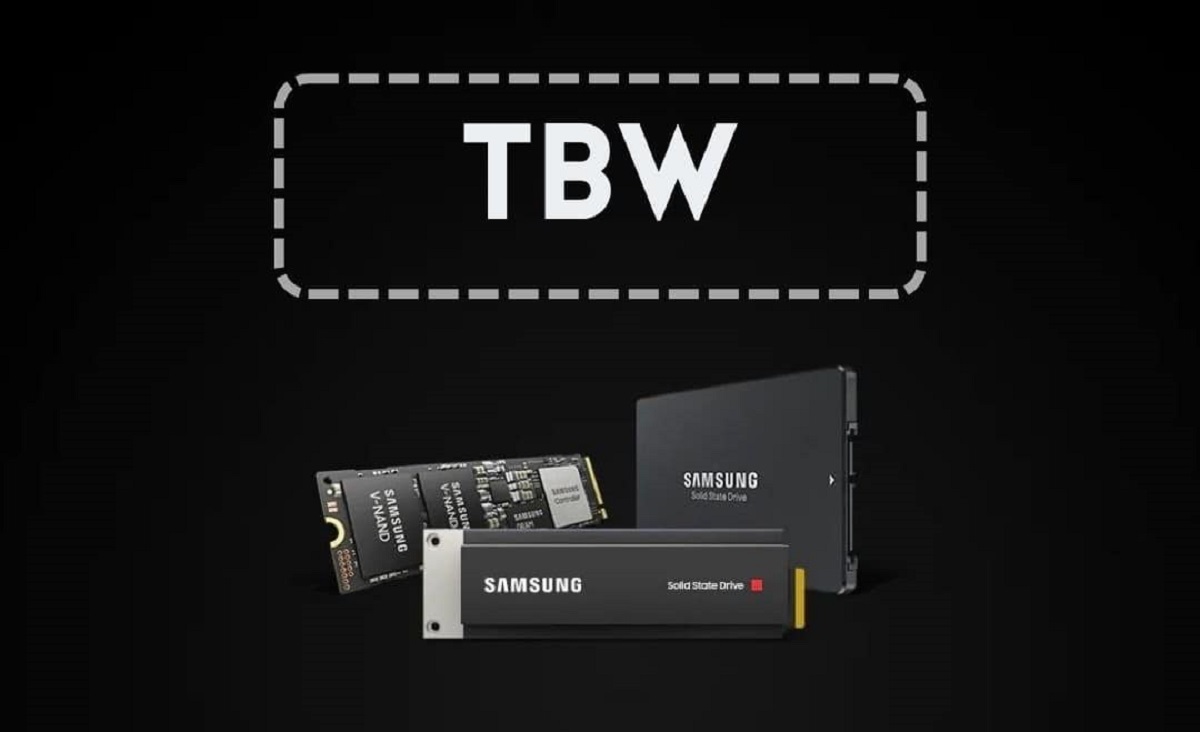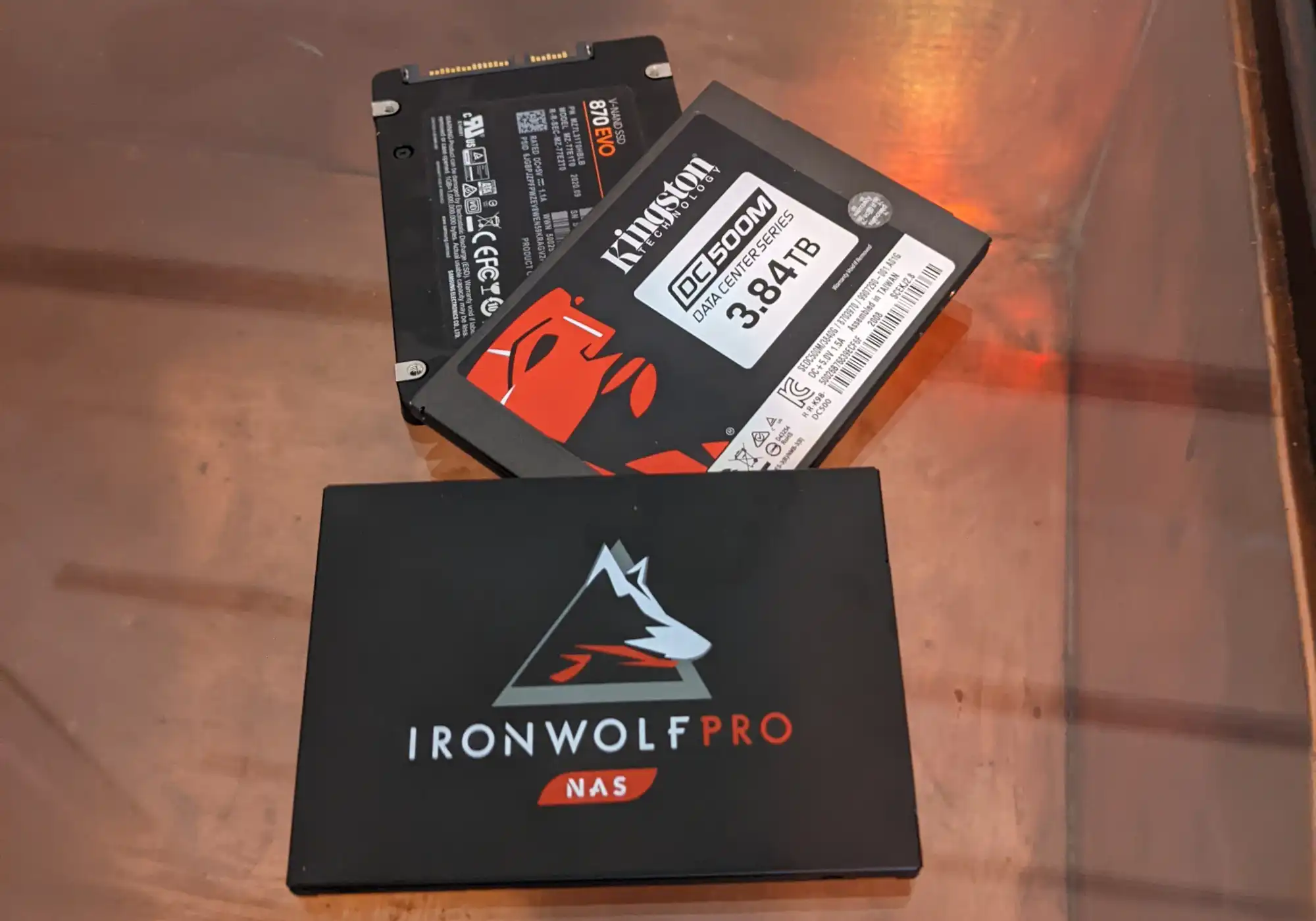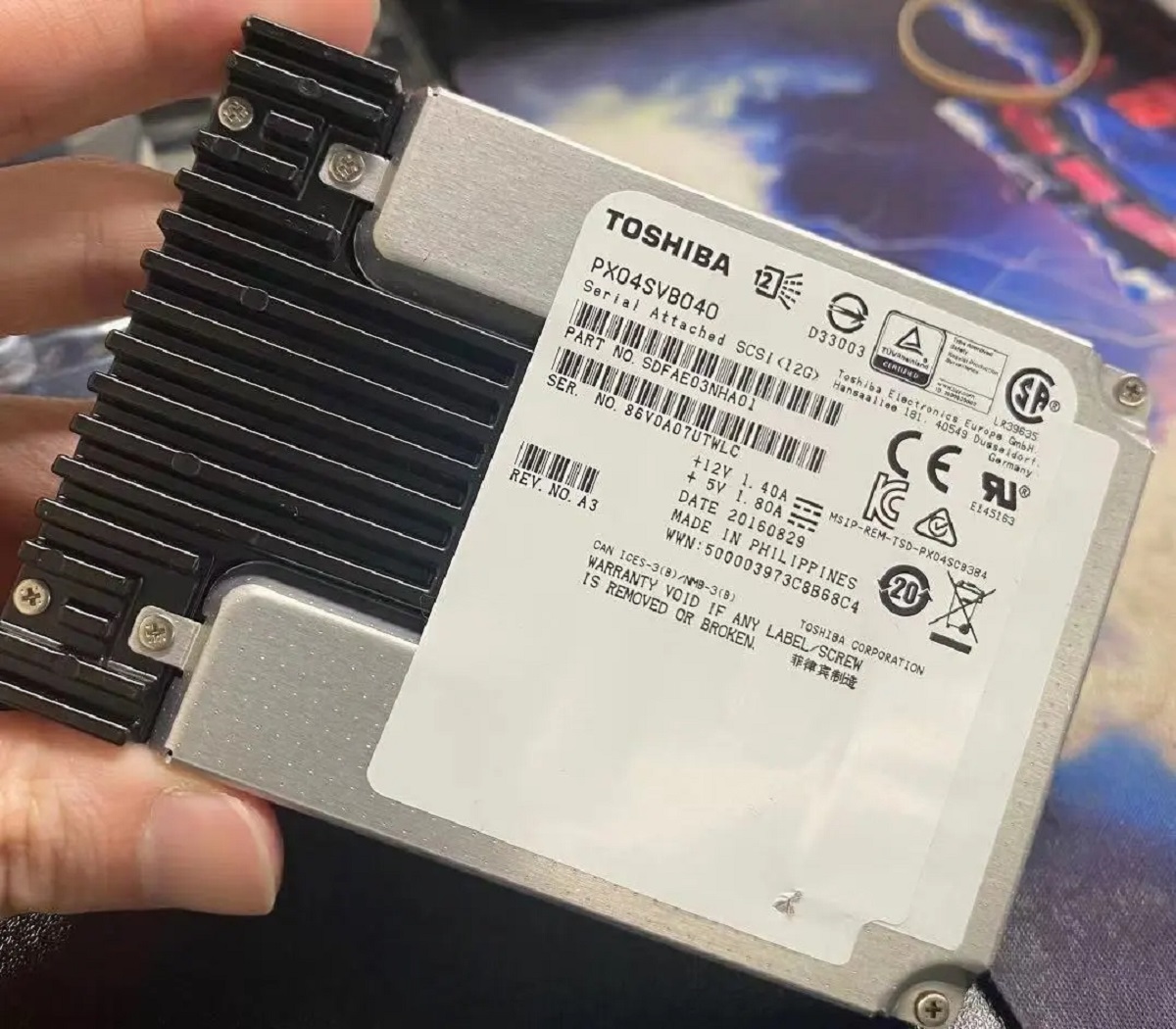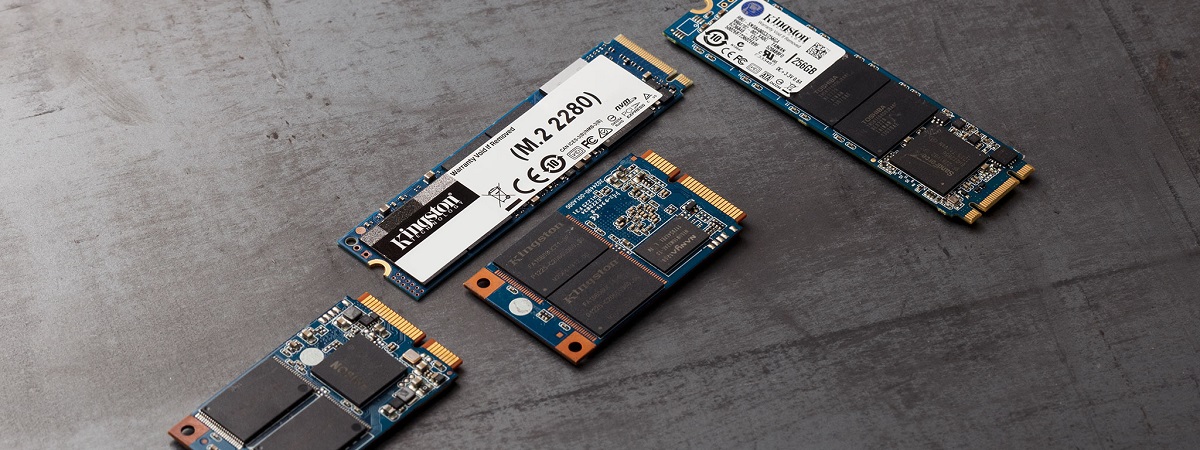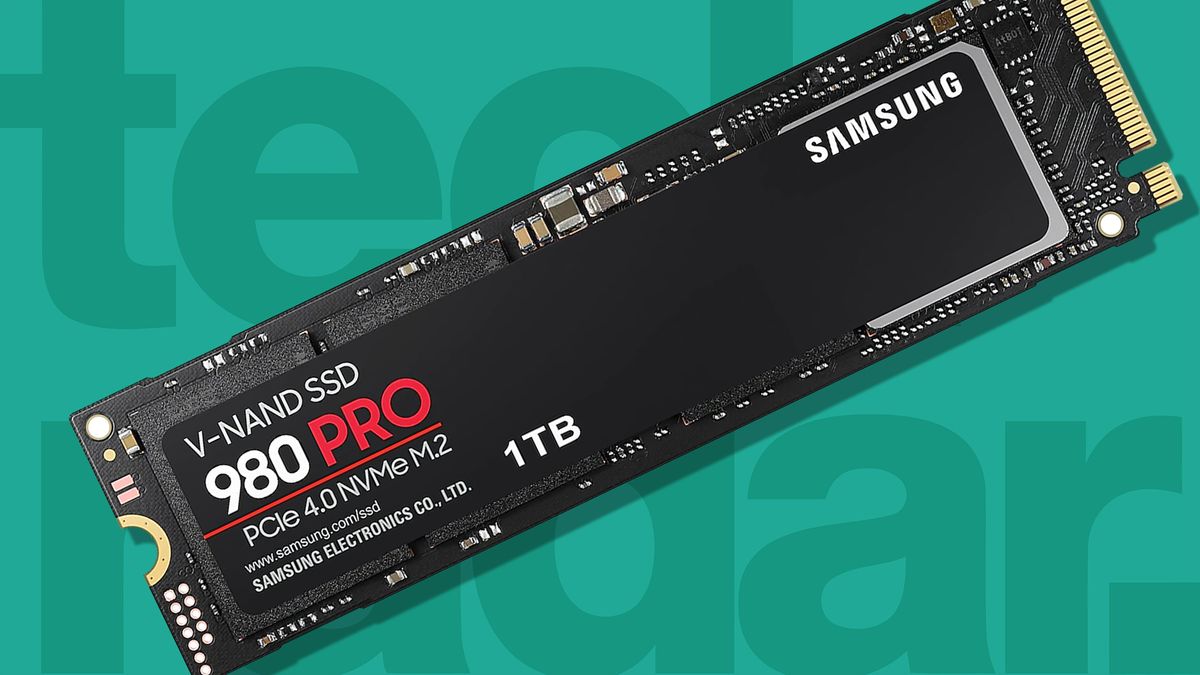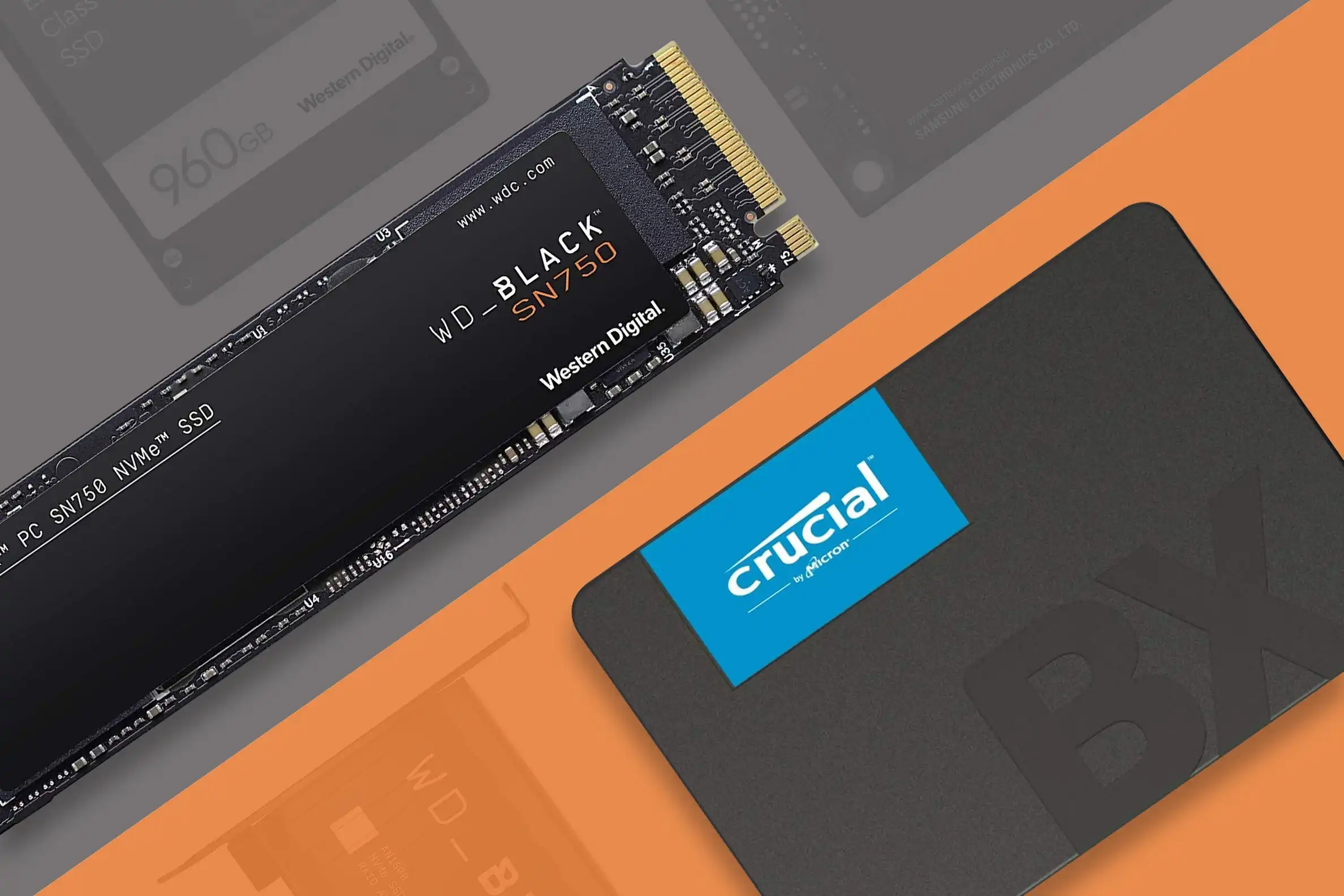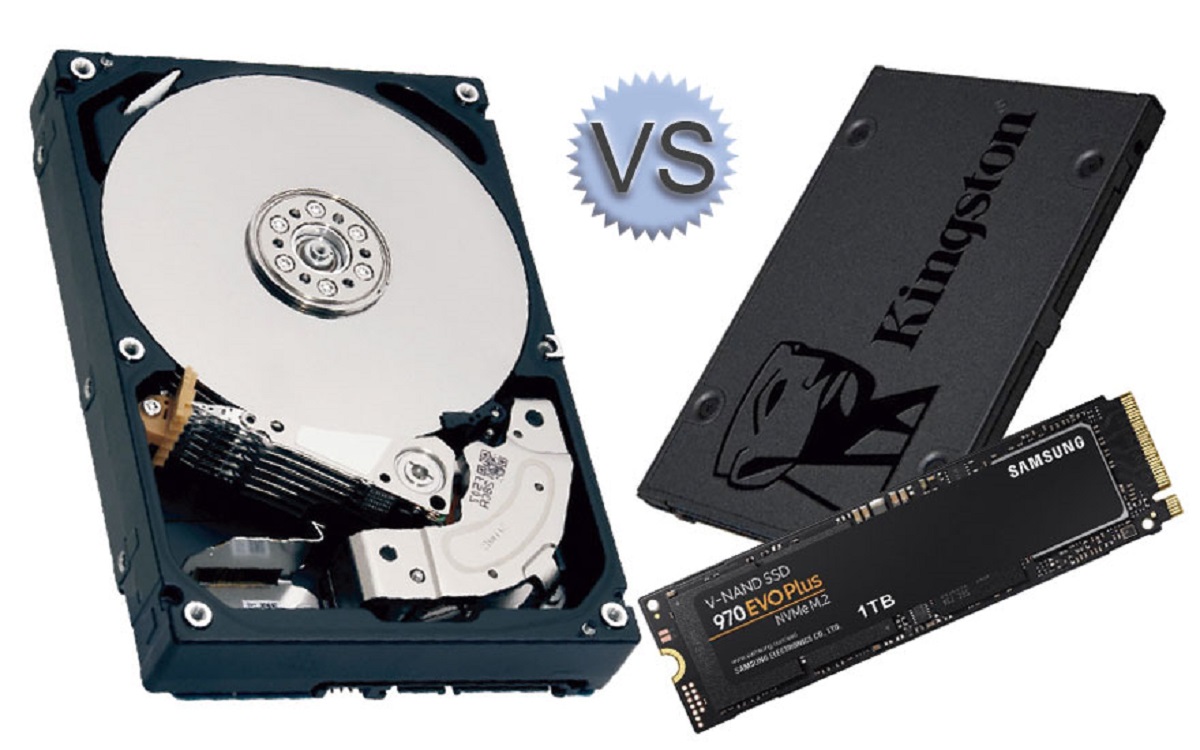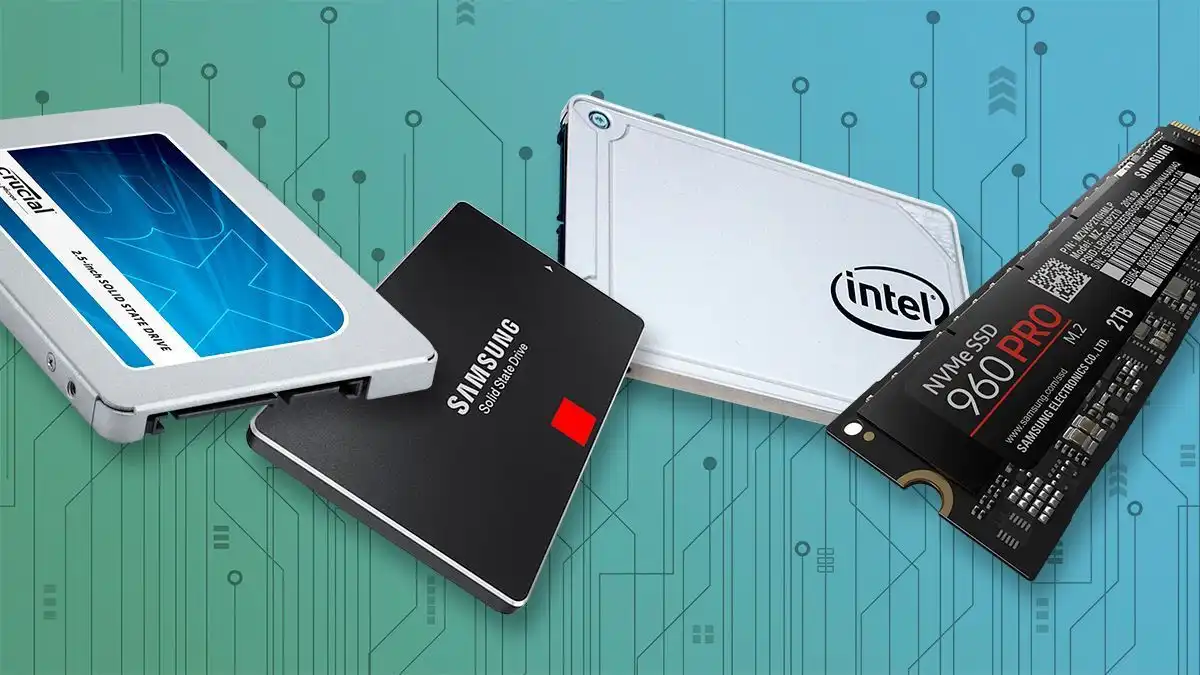Introduction
Welcome to the world of solid-state drives (SSDs), where performance and durability go hand in hand. If you’ve been researching SSDs, you may have come across the term “TBW.” But what exactly does TBW mean, and why is it important when it comes to SSDs? In this article, we will explore the concept of TBW and its significance in determining the lifespan of SSDs.
SSDs have emerged as a popular alternative to traditional hard disk drives (HDDs) due to their faster performance and increased reliability. However, unlike HDDs, SSDs have a limited lifespan, and understanding the concept of TBW is crucial in assessing the overall durability of these storage devices.
TBW stands for “Terabytes Written” and refers to the total amount of data that can be written to an SSD before it reaches its maximum lifespan. Simply put, it represents the endurance of the drive and provides an estimate of how much data can be written to the SSD over its lifetime.
Why is TBW important? When purchasing an SSD, it’s essential to have an idea of its expected lifespan. By knowing the TBW rating, you can gauge the drive’s endurance and make an informed decision based on your specific needs and usage patterns.
How is TBW calculated? TBW is typically provided by SSD manufacturers in the product specifications. It is measured in terabytes (TB) and can range from a few hundred terabytes to several petabytes (1 petabyte = 1,000 terabytes).
Several factors influence the TBW rating of an SSD, including the type of NAND flash memory used, the controller technology, and the overall quality of the SSD components. Higher-end SSDs often have higher TBW ratings, indicating greater endurance and durability.
Understanding the concept of TBW is essential for managing and maximizing the lifespan of an SSD. As you continue reading this article, we will delve deeper into how TBW is calculated, the factors that can affect TBW, and how to prolong the lifespan of your SSD through proper usage and maintenance.
What is TBW?
TBW, which stands for “Terabytes Written,” is a vital metric that quantifies the endurance and lifespan of a solid-state drive (SSD). It represents the total amount of data that can be written to an SSD before it reaches its maximum expected lifespan.
In other words, TBW tells you how much data an SSD can handle writing throughout its lifetime. It is an important consideration when purchasing an SSD, as it helps users evaluate the drive’s durability and determine whether it can withstand their specific usage requirements.
The TBW rating is typically provided by SSD manufacturers as a specification in the product details. It is measured in terabytes (TB), with higher values indicating greater endurance and longevity.
For instance, if an SSD has a TBW rating of 500TB, it means that you can write up to 500 terabytes of data to the drive throughout its lifespan. Keep in mind that this value represents an estimate and varies depending on various factors like the NAND flash memory type, controller technology, and overall SSD quality.
As technology advances, SSDs with larger TBW ratings have become more common. Higher-end SSDs often boast TBW ratings in the hundreds or even thousands of terabytes, offering exceptional durability and sustaining heavy workloads.
It’s important to note that TBW is not a measure of the SSD’s capacity or speed. While capacity refers to the amount of data that can be stored on the drive, speed relates to how quickly data can be read from or written to the SSD. TBW, on the other hand, focuses exclusively on the endurance and lifespan of the SSD.
Understanding the TBW of an SSD is crucial for ensuring its longevity and reliability. By assessing the TBW rating before making a purchase, you can select an SSD that aligns with your data-intensive needs and usage patterns. Choosing an SSD with a suitable TBW rating will help prevent premature wear and tear, ultimately prolonging the life of your SSD and safeguarding your data.
Why is TBW important for SSDs?
The TBW (Terabytes Written) rating of an SSD is a crucial factor to consider when evaluating the reliability and longevity of the drive. Understanding why TBW is important for SSDs can help you make an informed decision when selecting the right SSD for your needs.
One of the main reasons why TBW is significant is that it provides an estimate of how much data an SSD can handle before it reaches the end of its lifespan. By knowing the TBW rating, you can determine whether the drive can endure the demands of your specific workload, whether it’s gaming, video editing, or extensive file transfers.
Choosing an SSD with a suitable TBW rating ensures that your drive can withstand the constant write operations without prematurely wearing out. It helps prevent data loss and drive failure, giving you peace of mind when it comes to the longevity and reliability of your storage solution.
Additionally, understanding the TBW rating allows you to gauge the endurance of an SSD and its suitability for different environments and applications. For example, if you’re building a server or a high-performance workstation that will constantly write and rewrite large amounts of data, opting for an SSD with a higher TBW rating is recommended to ensure optimal performance and longevity.
Another reason why TBW is important is the warranty coverage provided by manufacturers. Most SSD manufacturers offer warranties based on the drive’s TBW rating, with the warranty period typically ranging from three to five years. The higher the TBW rating, the more confident the manufacturer is in the drive’s durability, often resulting in a longer warranty period.
Moreover, TBW plays a crucial role in determining the overall value of an SSD. While SSDs with higher TBW ratings generally come at a higher cost, they also offer greater durability and longevity. Investing in an SSD with a higher TBW rating can save you money in the long run by avoiding premature drive failure and the need for frequent replacements.
In summary, TBW is important for SSDs because it provides vital information about the endurance and lifespan of the drive. By considering the TBW rating, you can select an SSD that matches your workload demands, ensuring optimal performance, reliability, and value for your storage solution.
How is TBW calculated?
The Terabytes Written (TBW) rating of an SSD is calculated based on various factors, including the type of NAND flash memory used, the controller technology, and the overall quality of the SSD components. While the exact formula may vary between manufacturers, the following elements are typically taken into consideration when determining the TBW rating:
- Program/Erase (P/E) Cycles: NAND flash memory, which is the primary storage medium in SSDs, has a limited number of times it can be programmed and erased. Each erase and program operation results in a degradation of the memory cells. The number of P/E cycles that the NAND flash can endure before it becomes unreliable is a critical factor in calculating the TBW rating.
- Over-Provisioning: SSDs typically allocate a portion of the total storage capacity for over-provisioning. Over-provisioning provides reserve blocks of NAND flash memory that can be used to replace worn-out blocks, ensuring consistent performance and prolonging the lifespan of the SSD. The amount of over-provisioning can affect the TBW rating, as it allows for more efficient wear leveling and extends the endurance of the drive.
- Write Amplification: Write amplification refers to the amount of data that needs to be written to the NAND flash memory compared to the actual data written by the user. A lower write amplification factor translates into less wear on the NAND cells, ultimately contributing to a higher TBW rating.
- Compression and Deduplication: Some SSDs employ compression and deduplication algorithms, which reduce the amount of data that needs to be written to the memory cells. By minimizing redundant or repetitive data, these techniques can increase the overall efficiency of the SSD, potentially impacting the TBW rating.
- Error Correction Code (ECC): ECC is crucial in detecting and correcting errors that may occur during data storage and retrieval. Robust ECC algorithms implemented in SSDs can help prevent data corruption and reduce the wear on the NAND flash memory, indirectly influencing the TBW rating.
It’s important to note that SSD manufacturers use various proprietary methods to calculate the TBW rating, taking into account these factors and conducting extensive testing to determine the endurance of their drives. As a consumer, you can find the TBW rating specified in the SSD’s product documentation or on the manufacturer’s website.
Understanding how TBW is calculated can help you evaluate the endurance and reliability of an SSD and make an informed decision when selecting the right drive for your specific needs.
Factors that affect TBW
The Terabytes Written (TBW) rating of a solid-state drive (SSD) is influenced by various factors that can impact the endurance and overall lifespan of the drive. Understanding these factors can help you make an informed decision when choosing an SSD that meets your specific requirements. Let’s explore the key factors that affect TBW:
- NAND Flash Memory Type: The type of NAND flash memory used in an SSD plays a significant role in determining its TBW rating. SLC (Single-Level Cell) NAND flash memory, known for its higher endurance, generally has a higher TBW rating compared to MLC (Multi-Level Cell) or TLC (Triple-Level Cell) NAND flash memory. SLC stores only one bit of data per memory cell, offering superior endurance.
- Controller Technology: The controller is the brain of an SSD, responsible for managing data transfer and maintaining the health of the drive. The efficiency and quality of the controller technology can impact the endurance of the SSD and, consequently, its TBW rating. Advanced controllers with sophisticated algorithms can optimize write operations, reducing wear on the NAND flash memory and improving the overall TBW rating.
- Over-Provisioning: Over-provisioning is the reserved space on the SSD that is used to enhance performance and prolong the lifespan of the drive. The amount of over-provisioning affects the TBW rating by allowing the SSD to distribute write operations evenly across a larger pool of memory cells, reducing wear on individual cells and extending the drive’s endurance.
- System Workload: The type and intensity of the workload that an SSD is subjected to can impact its TBW rating. Heavy workloads, such as constant video editing or data-intensive applications, require frequent write operations, potentially reducing the lifespan of the SSD. On the other hand, lighter workloads, such as everyday web browsing or document editing, place less stress on the drive and can help extend the TBW rating.
- Temperature: High operating temperatures can accelerate the degradation of NAND flash memory cells, resulting in decreased endurance and a lower TBW rating. It is important to ensure proper cooling and temperature management to maintain optimal performance and longevity of the SSD.
Overall, the TBW of an SSD is influenced by a combination of factors, including the NAND flash memory type, controller technology, over-provisioning, system workload, and temperature. By considering these factors, you can choose an SSD with a suitable TBW rating that aligns with your specific needs and usage patterns, ensuring durability and longevity for your storage solution.
Understanding TBW and SSD Lifespan
The Terabytes Written (TBW) rating of a solid-state drive (SSD) is directly related to its overall lifespan. By understanding the relationship between TBW and SSD lifespan, you can effectively manage and optimize the longevity of your SSD. Let’s explore this connection in more detail:
SSDs have a finite number of program/erase (P/E) cycles – the process of writing and erasing data on the NAND flash memory. Each P/E cycle causes a small amount of wear on the memory cells, eventually leading to their degradation. The TBW rating is an estimate of the total amount of data that can be written to the SSD before it reaches the end of its lifespan.
It’s important to note that SSD lifespan is not solely dependent on TBW. Other factors, such as the quality of the NAND flash memory, controller technology, and overall components, also play a role in determining the overall lifespan of an SSD.
Manufacturers use advanced algorithms and testing methodologies to calculate the TBW rating based on the expected endurance of the SSD. However, it’s essential to understand that the TBW rating is an estimation and not an exact science. Actual performance and lifespan may vary depending on various usage patterns and environmental factors.
When considering the SSD lifespan, it’s crucial to assess your specific workload and usage requirements. Heavier workloads, such as constant video editing or large-scale data transfers, may result in quicker wear and shorten the SSD’s lifespan. Lighter workloads, such as everyday productivity tasks, browsing, or document editing, impose less strain on the drive and can help prolong its lifespan.
Proper SSD maintenance and usage habits are vital for optimizing the lifespan of your drive. Here are a few tips:
- Avoid excessive write operations: Minimize unnecessary write operations to your SSD by storing data that doesn’t require frequent updates, such as your operating system and essential applications, on the SSD. Utilize secondary storage options, like external hard drives or network-attached storage (NAS), for long-term data storage.
- Enable TRIM: Ensure that TRIM, a feature that helps maintain optimal performance and longevity of SSDs, is enabled. TRIM allows the SSD to efficiently clean up unused or deleted data blocks, preventing write performance degradation and extending the lifespan.
- Keep your SSD cool: High operating temperatures can accelerate wear on the SSD. Ensure proper airflow in your system and avoid exposing the SSD to excessive heat to maintain optimal performance and longevity.
- Regularly update firmware: Stay up-to-date with the latest firmware updates provided by the SSD manufacturer. These updates often include enhancements, bug fixes, and optimizations that can improve performance and help prolong the lifespan of the SSD.
By understanding the relationship between TBW and SSD lifespan and implementing proper usage and maintenance practices, you can maximize the longevity of your SSD and ensure reliable performance throughout its lifespan.
Tips for Maximizing SSD Lifespan
Solid-state drives (SSDs) have revolutionized storage with their speed and reliability, but they have a limited lifespan due to the nature of the NAND flash memory they use. However, by following a few best practices, you can maximize the lifespan of your SSD and ensure optimal performance throughout its life. Here are some tips:
- Minimize unnecessary write operations: Limit the amount of data being written to your SSD by storing files that don’t require frequent updates, such as your operating system and essential applications, on the SSD. Storing large media files or archives on secondary storage options like external hard drives or network-attached storage (NAS) can reduce write operations on your SSD.
- Enable TRIM: Make sure TRIM, a feature designed to optimize SSD performance and lifespan, is enabled. TRIM allows the SSD to efficiently manage unused or deleted data blocks, preventing write performance degradation and extending the drive’s lifespan.
- Avoid filling the SSD to its maximum capacity: Leaving some free space on the SSD improves performance and helps prolong its lifespan. Aim to keep at least 10-20% of the total capacity free to allow for efficient wear leveling and performance optimization.
- Avoid excessive defragmentation: Unlike traditional hard disk drives (HDDs), SSDs do not benefit from defragmentation. In fact, excessive defragmentation can increase wear on the SSD and reduce its lifespan. Most modern operating systems, such as Windows 10, disable automatic defragmentation for SSDs by default.
- Keep your SSD cool: High operating temperatures can accelerate wear on the SSD. Ensure proper airflow in your system, avoid exposing the SSD to excessive heat sources, and consider using cooling solutions like fans or heat sinks to maintain optimal temperatures for your SSD.
- Regularly update firmware: Stay up-to-date with the latest firmware updates provided by the SSD manufacturer. These updates often include performance enhancements, bug fixes, and optimizations that can improve the SSD’s lifespan and overall performance.
- Use power protection measures: Sudden power outages or fluctuations can lead to data corruption on your SSD. Using an uninterruptible power supply (UPS) or a surge protector can help protect your SSD from such situations and prevent potential data loss or drive failure.
- Properly shutdown your system: Avoid abruptly shutting down your computer or removing the power source while the SSD is in use. Always follow proper shutdown procedures to prevent potential data corruption and ensure the longevity of your SSD.
By implementing these tips, you can maximize the lifespan of your SSD and enjoy reliable performance over an extended period. Remember to consider the specific recommendations provided by your SSD manufacturer and take into account your own usage patterns to tailor your practices for optimal SSD longevity.
Conclusion
Understanding the concept of Terabytes Written (TBW) and its significance for solid-state drives (SSDs) is crucial for making informed decisions when choosing storage solutions. The TBW rating provides an estimate of the amount of data that can be written to an SSD before it reaches its maximum expected lifespan.
Factors such as the type of NAND flash memory, controller technology, over-provisioning, workload, and temperature play a role in determining the TBW rating of an SSD. By considering these factors, you can select an SSD that meets your specific needs and usage patterns, ensuring optimal endurance and longevity.
Maximizing the lifespan of your SSD involves implementing best practices, such as minimizing unnecessary write operations, enabling TRIM, avoiding full capacity usage, and maintaining proper cooling. Additionally, regularly updating firmware, using power protection measures, and properly shutting down your system contribute to enhancing the longevity of your SSD.
It is important to note that while TBW is a useful metric, it is one of several factors that determine the overall lifespan and reliability of an SSD. The quality of the NAND flash memory, controller technology, and other components also play significant roles.
By understanding TBW and implementing proper usage and maintenance practices, you can maximize the lifespan of your SSD, ensuring reliable performance and the longevity of your valuable data.







